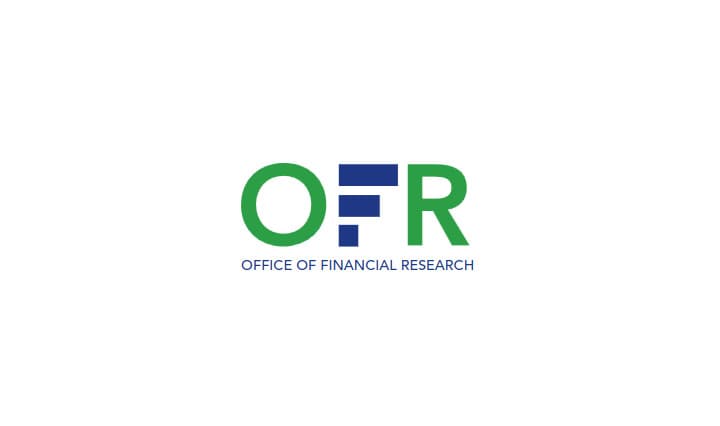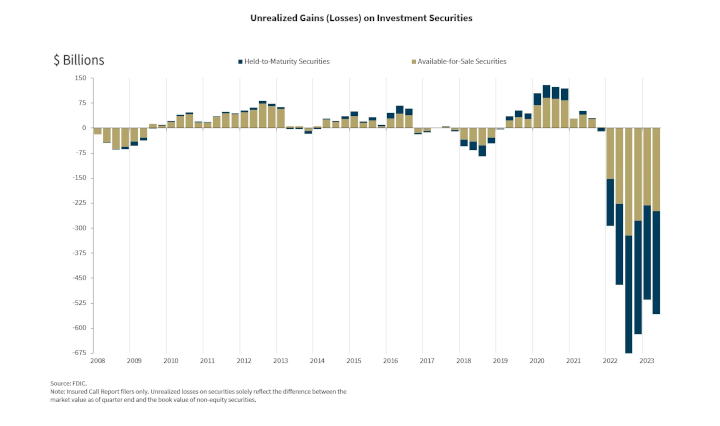Federal Reserve and GameStop bottom line Alert! The Federal Reserve Payments Study 2022 Triennial Initial Data Release: "With 157.0 billion payments in 2021, card payments accounted for approximately 77 percent of noncash payments by number."
Source: https://www.federalreserve.gov/paymentsystems/fr-payments-study.htm
The Federal Reserve Payments Study: 2022 Triennial Initial Data Release
- The 2022 Federal Reserve Payments Study (FRPS) collected data for the 2021 calendar year. This initial release includes top-line figures for the core noncash payment methods used in the United States by consumers, businesses, and governments, including payments by general-purpose and private-label cards, automated clearinghouse (ACH) transfers, and checks.
- This release also covers automated teller machine (ATM) cash withdrawals.
- Wire transfers, used primarily for large financial transactions, are excluded from these data.
- Additional details will be available in future releases.
Key Findings:
- The value of core noncash payments in the United States grew faster from 2018 to 2021 than in any previous FRPS measurement period since 2000. Having increased at a rate of 9.5 percent per year since 2018, noncash payments value reached $128.51 trillion in 2021. This rate of increase was more than twice the rate of increase in the previous three-year period (2015 to 2018) and more than three times the rate of increase from 2000 to 2018. The 2018 to 2021 increase in value reflects, in part, increases in the average value of each of the components of core noncash payments (ACH, check, and card payments).
- The increase in the value of ACH transfers accounted for more than 90 percent of the rise in noncash payments value from 2018 to 2021. By number and value, the rate of increase in ACH transfers accelerated to 8.3 percent per year and 12.7 percent per year, respectively, over the period. Since surpassing checks as the highest-value noncash payment method in 2009, ACH transfers have grown to $91.85 trillion, 72 percent of core noncash payments value in 2021.
- The average value of check payments increased substantially from 2018 to 2021. The value of check payments increased slightly (0.6 percent per year) despite a significant drop in the number of check payments. As a result, the average value of check payments increased from $1,908 in 2018 to $2,430 in 2021. By number, checks declined at a rate of 7.2 percent per year since 2018, dropping to 11.2 billion. In 2021, the value of check payments stood at $27.23 trillion, which was approximately 21 percent of noncash payments value.
- The value of card payments grew faster from 2018 to 2021 than in any previous FRPS measurement period. Rising 10.0 percent per year since 2018, card payments value reached $9.43 trillion in 2021, accounting for approximately 7 percent of noncash payments value in that year. Among the card types, prepaid debit card payments grew at the greatest rate by value since 2018, 20.6 percent per year, and reached $0.61 trillion in 2021, but remained a relatively small part (6.5 percent) of the value of all card payments.
- The number of core noncash payments grew by a larger amount from 2018 to 2021 than in any previous FRPS measurement period since 2000. Specifically, the number of noncash payments grew by 30.7 billion, increasing to 204.5 billion in 2021. The growth rate, at 5.6 percent per year, was smaller than the growth rate from 2015 to 2018 (6.6 percent).
- The increase in the number of card payments accounted for more than 84 percent of the growth in the number of noncash payments from 2018 to 2021. Despite a temporary drop in 2020, the number of card payments grew by 25.9 billion from 2018 to 2021. Nevertheless, the rate of increase in the number of card payments from 2018 to 2021, at 6.2 percent per year, was lower than the growth of approximately 9.9 percent per year recorded from 2000 to 2018. With 157.0 billion payments in 2021, card payments accounted for approximately 77 percent of noncash payments by number.
- The number of non-prepaid debit card payments increased most of all card types. Non-prepaid debit cards reached 87.8 billion payments, or approximately 56 percent of all card payments in 2021. Credit card payments experienced the second largest increase, rising to 51.1 billion, or about one-third of all card payments in 2021. Prepaid debit card payments had the greatest growth rate by number (9.6 percent per year), reaching 18.1 billion payments in 2021.
- The number of ATM cash withdrawals dropped substantially from 2018 to 2021. ATM cash withdrawals declined at a rate of 10.1 percent per year, falling to 3.7 billion in 2021. By value, ATM cash withdrawals also declined, but at a slower rate, reflecting an increase in the average value of an ATM cash withdrawal from $156 in 2018 to $198 in 2021.
How does this impact GameStop? Interchange and Assessments Fees!
- The rate of increase in the number of card payments from 2018 to 2021, at 6.2 percent per year, was lower than the growth of approximately 9.9 percent per year recorded from 2000 to 2018.
- With 157.0 billion payments in 2021, card payments accounted for approximately 77 percent of noncash payments by number.
- Visa, MasterCard and Discover each have set a small, flat-rate percentage that is charged against the total of your monthly sales processed with a credit or debit card bearing their logo.
- Assessments are paid directly to the card associations and are their primary source of operating income.
- Interchange fees and assessments are paid every time a cardholder makes a purchase using a credit or check card (i.e., pinless debit card) to the bank.
- Interchange fee is a percentage set by the credit card association that is deducted from each credit card transaction and a portion of this fee goes to the issuing bank.
- An Assessment fee is charged on the total of your monthly sales for each credit card brand and is paid entirely to the credit card associations.
- On average, interchange fees are around 0.3-0.4% of the transaction amount in Europe and 2% in the US.
- The combination of these fees are sometimes referred to as a “swipe fee”.
- With more and more card payments occurring vs. cash payments, GameStop is paying more in Interchange and Assessment Fees.
- This is one benefit of the GameStopNFT marketplace--not having to pay these card brands transaction fees.
TLDRS:
- The Federal Reserve Payments Study 2022 Triennial Initial Data Release: "With 157.0 billion payments in 2021, card payments accounted for approximately 77 percent of noncash payments by number."
- With more and more card payments occurring vs. cash payments, GameStop is paying more in Interchange and Assessment Fees.
- This is one benefit of the GameStopNFT marketplace--not having to pay these card brands transaction fees.
- If you want to save GameStop money on making transactions, pay in cash!



